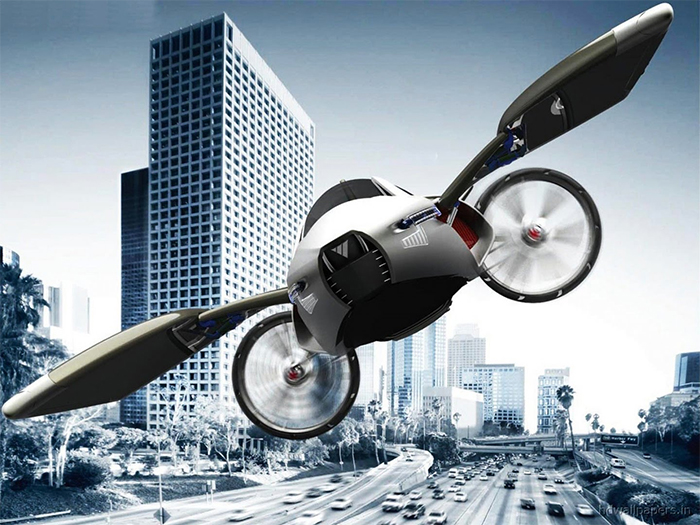The concept of “Disruptive Innovation” was introduced by Clayton Christensen (professor at Harvard Business School) in 1997 in the book “The Innovators Dilemma” and refers to when emerging companies use new technologies or new business models and outperform in the market those that until then were the leaders. Many leaders of small entrepreneurial companies praise him as their guiding star; so do many executives from large and well-established organizations, such as Intel, Southern New Hampshire University and Salesforce.com.
Unfortunately, this concept runs the risk of becoming a victim of its own success. Despite having a wide dissemination, people who talk about disruption today have not read a serious book or article about it. And all too often, the basic concepts have been widely misunderstood and their basic principles were often misapplied.
To better explain the Disruptive concept, I will speak first of the “Evolutionary Innovation” in which many companies are market leaders in which they move, these companies have a type of evolution that consists of gradually improving what they already have in order to increase profits but without worrying too much about making big changes that involve breaking radically with their processes or creating new products. These companies do not pay attention to the new products or services of other companies because in principle they do not pose a threat to them, and this is where companies that arrive new and that compete almost always in inferior conditions, but at the same time offer a totally new or cheaper service even if it is of lower quality and that over time are improving and evolving and are gradually capturing a greater number of followers until the end the change occurs and become market leaders, at that time the “Disruptive Innovation” has been consummated, there has been a sudden change that breaks with the previous model and the companies before leaders lose that leadership position.
It is important to keep in mind that a disruptive innovation does not necessarily have to be technological, although this is the most common. It can also be a change in a product or in the business model.
Examples where innovation revolutionized business
The clearest example of disruptive innovation in recent decades has been the development of the Internet that we are still living to this day. This fact has revolutionized, among many others, sectors as different as:
- Telecommunications
- The sale of some goods and services
- The media
- Education
- The photograph
- Video games
In fact, many companies that have not managed to adapt their products or services after the irruption of the internet in society have ended up disappearing or facing a serious business crisis.
History is replete with examples of disruptive innovations. Among many others, we can highlight the railroad, which had a great impact on the transport of people and goods; the sewing machine, which completely changed the textile sector; or firearms, which had a great impact on the military industry.
There are also cases of disruptive innovation such as Facebook and how he became a leader in a short time by providing a new service or as Skype opted for the IP voice model when the large telecommunications companies did not take care of this technology and so could gradually find their niche and improve and occupy market share to become a leading communications company. More cases are the new ways of distributing music via the internet that are becoming obsolete traditional models of music marketing, tablets versus computers, the new mobile operating systems that came with their applications (Apps), etc.
One of the situations that companies go through today is that they can not invest a lot of resources in the investigation of new models because they involve a high cost and not all the research processes that begin successfully, nevertheless; you can not leave aside the research of new models, that’s why you have to minimize the cost of innovation processes so that they can be assumed in companies, in this way the outsourcing of innovation processes begins to be popular today.

Sectors more and less exposed to disruptive innovations
The sectors most exposed to disruptive innovations are those related to technology. The technological companies are the ones that invest the most effort in innovation. At this moment, millions of people, among whom are many of the brightest minds in the world, spend their time looking for the next innovation that makes them the leaders of the next Samsung, Facebook, Apple or Google. And there are some technologies such as Blockchain, Big Data, Machine Learning, Industry 4.0 from which many startups are leveraged to start their disruptions nowadays.
Among the sectors least exposed to disruptive innovations we can highlight some such as food, agriculture, construction or raw materials. These sectors have been characterized by relatively little evolution or have done so gradually throughout history.
In summary, the concept of “disruption” should be used to describe processes through which a small company that has few resources, begins to challenge other larger and consolidated companies in a given market. This could happen because a consolidated company tries to improve its products and / or services to better meet the needs of its most demanding (and most profitable) clients, leaving aside other segments that “disruptive” companies take advantage of to successfully address themselves to meet their needs that have been neglected. In this way, they offer the market a more specific product and in certain occasions, at a lower price.
DO YOU WANT TO CONTRIBUTE WITH YOUR COMMENTS?
